Curtain rail street
If, on a weekend trip to Bauhaus, you walk through the curtain aisle and mistake the name of a curtain rail for one of the streets you’ve passed through in Cologne, you’re not wrong. There’s a street named after the (very exciting) “Kölner Brett” curtain rail – the very first one with rollers – in the Ehrenfeld district of the city.
€10 billion cathedral

Cologne’s cathedral is one of the city’s main attractions and is certainly impressive (having taken over 600 years to build). It is also the second tallest church in Germany and the third highest in the world. If you were to build the cathedral again today, it would cost a hefty €10 billion according to a figure one expert gave Bild in 2013.
Go (Cologne-bridge) Green!
During the construction of the Mülheimer Brücke in 1929, then-mayor Konrad Adenauer wanted to create a new shade of green, and thus the “Kölner Brückengrün”, or “Kölner Grün”, colour was invented.
Five of the eight bridges over Cologne’s portion of the Rhine were later painted this green colour, but only those bridges maintained by the City of Cologne (Mülheim, Severins-, Zoo and Deutzer) are still covered in this iconic green – in fact they are not allowed to be painted in any other shade.
Cologne, we have a problem!
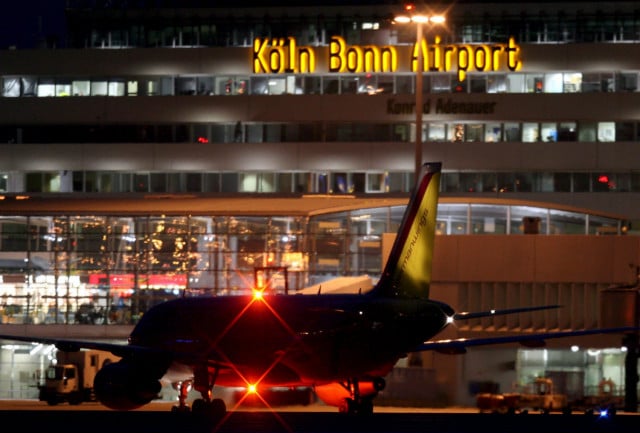
Cologne’s airport has the only runway in Germany that is also an emergency landing site for NASA shuttles. The shuttles need these emergency runways because if they were to land in water, they would break apart.
When the first shuttles took off for space in the 1980s, 60 emergency runways were built worldwide; the runways have to be at least 2.3km long and 40m wide.
Before every mission, NASA speak to the control tower at the Cologne/Bonn airport, to clarify whether the runway is available and to keep the airport up to date with important info.
According to airport spokesman Silke Brünger, this doesn’t affect normal airport traffic. And whilst the chances of an emergency landing are about one in 10,000, you never know what you’ll see the next time you take off…
Beer rules

You knew Germany was serious about its beer, but you may not have known just how serious Cologne was (and is) about Kölsch.
The beer, which is produced in 13 breweries around Cologne, is not allowed to be brewed outside the region, thanks to rules set out in the Kölsch Convention of 1985. The convention also states that a beer can only be called “Kölsch” if it’s a pale, top-fermented beer produced in the Cologne region.
The convention can be read in full here. Be careful not to break any of these Kölsch brewing laws though, as any infringements could land you in hot water at the Cologne Regional Court.
The very first soya sausage
Konrad Adenauer did many things – he was the Mayor of Cologne between 1917 and 1933, and served as the first Chancellor of the Federal Republic of Germany (West Germany) between 1949 and 1963 –but meatless sausage fans have him to thank for the first idea of a Sojawurst, or a Wurst ohne Fleisch.
Adenauer was responsible for making sure the people of Cologne didn't go hungry in the First World War and developed the meatless sausage when the cost of pork went through the roof. Sadly the Imperial Patent Office rejected Adenauer’s meat-free sausage idea, but he did eventually manage to get it patented in Austria.
The Banana Sprayer

Spray painted bananas mark the entrances to art establishments not just in Cologne, but all over the world.
Cologne-artist Thomas Baumgärtel studied in the city and spray-painted his first banana there in response to a talk from a top gallerist who said that any artist who came through his door with a portfolio had already lost. According to Baumgärtel, the symbol meant that the art world had “gone completely bananas.”
The spray-painted banana has since become sort of a “Michelin star for art”, according to Baumgärtel’s bio, marking places where good art takes place all around the world.
Mining the minds of Cologne's students
To this day, there are still 215 metres of mining tunnels (including a lift!) underneath Cologne University.
When workers at the uni cut a hole in the cellar wall in the early 80s, they were in for a shock: they came across a forgotten, but still fully equipped, mine tunnel.
All the machines inside were still in working order, the mine itself was created in the 1930s during the university’s construction so that students could learn more about the real life of miners. Before building the fake mine, the university visited several real mines to make sure it was as realistic as possible.
Ice cream anyone?
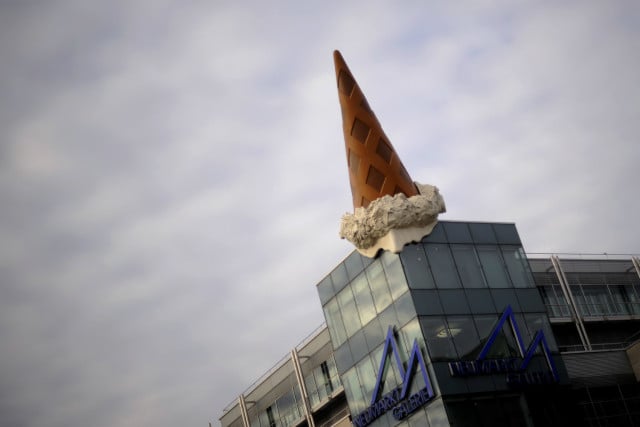
If you’ve ever been shopping at Neumarkt Galerie in the city centre, you’ll have seen a massive sculpture of an ice cream cone on top of the shopping centre.
However, according to the Kölner Stadt Anzeiger, only two out of 10 Cologne natives know that this cone is not advertising a nearby ice cream cafe, but is in fact a 12-metre-high sculpture called the “Dropped Cone”.
The cone is a community art piece from artists Claes Oldenburg and Coosje van Bruggen. They apparently decided on an ice-cream cone because “Cologne” contains the world “cone”.
Four is the magic number
Cologne is the only city in Germany where the house numbers have four-digits. Pretty impressive, but certainly not ideal if you only have the name of the street you’re supposed to meet those new friends at or you only have space for 3 numbers in an address field.
The original Eau de Cologne scent was mixed in house number 4711, making it perhaps the most famous 4-digit house number. But since 1811 when the street numbering changed, this become Glockengasse 12.
There are still high numbers though: in 2012, the Frankfurter Allgemeine Zeitung met the woman living at Venloer Straße 1503 on the outskirts of the city and informed her, to her surprise, that her house had the highest house-number in the whole country.

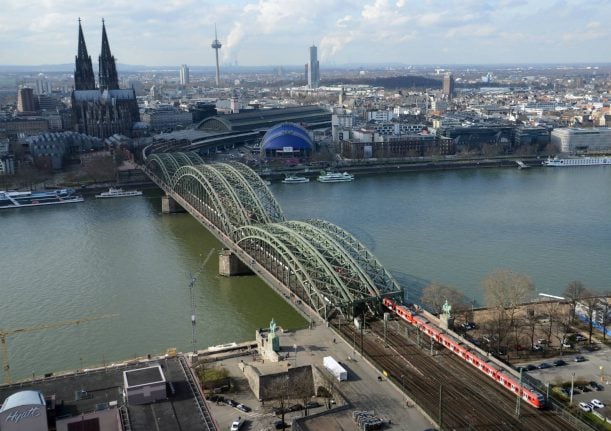

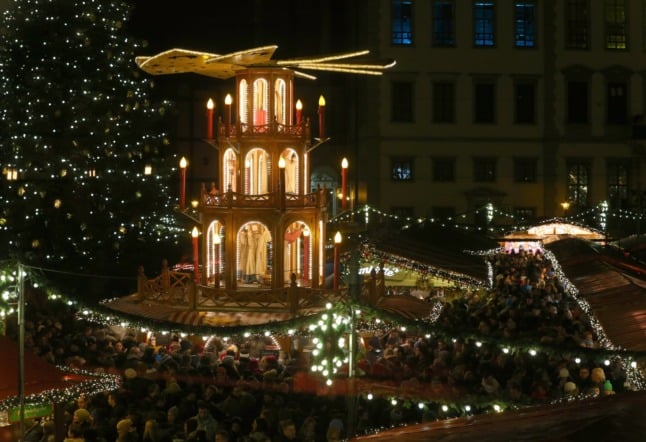
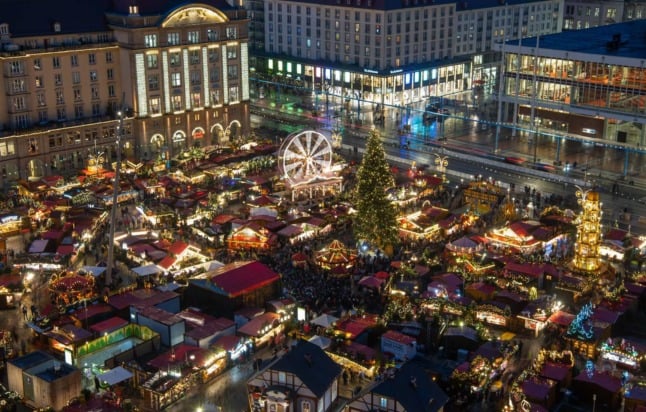
 Please whitelist us to continue reading.
Please whitelist us to continue reading.
Member comments